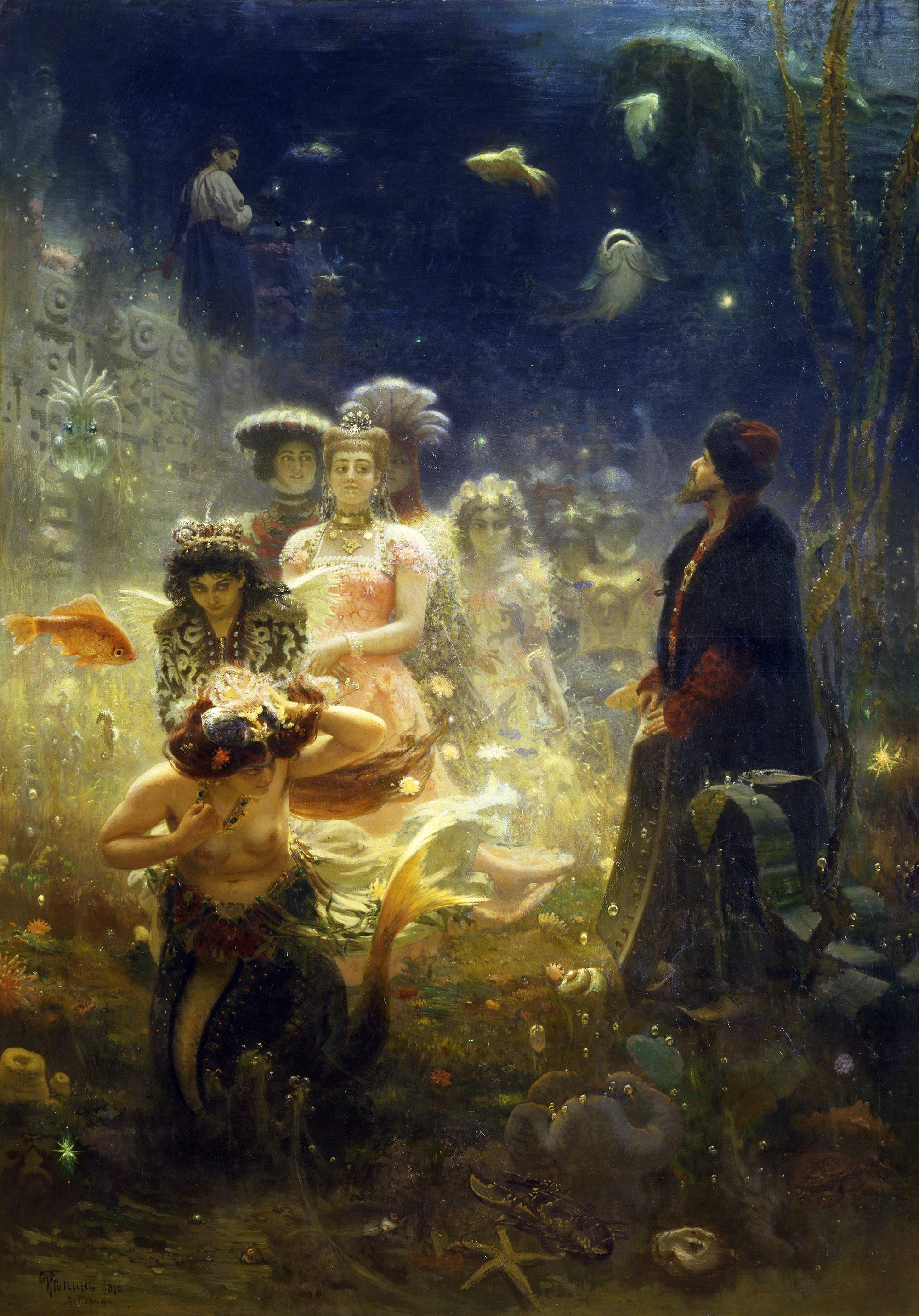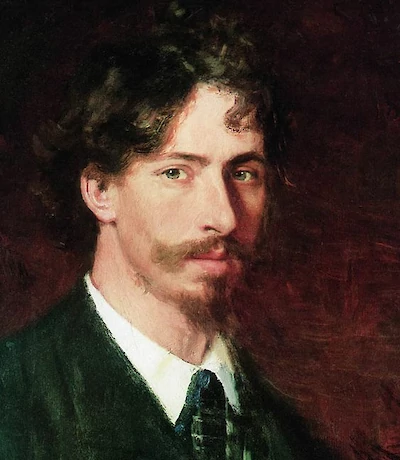Ilya Repin
Realism is not always nice




“Now it is the peasant who is the judge and so it is necessary to represent his interests. That is just the thing for me, since I am myself, as you know, a peasant, the son of a retired soldier who served twenty-seven hard years in Nicholas I’s army.”
It was a new world in Russia in 1872, when Ilya Repin wrote those words. A decade earlier, the Emancipation Reform of 1861 freed 23 million people, the serfs, who had been the legal property of the nobility. The emancipation was one of many reforms by Alexander II, putting power in the hands of the common people and foreshadowing the end of Tsarist Russia. Repin’s world was a nation of slaves, newly unchained, with sore wrists and aching backs, trying to understand what their opportunities might be.
Ilya Repin was a quintessential academic painter. During his long and radically successful career he contributed to exhibitions at the Paris Salon, painted portraits of the leading figures of the day, Leo Tolstoy, Alexander Pushkin and the composer Modest Mussorgsky, and continued to push himself aesthetically, developing and deepening his unique style of critical realism.
But there’s another layer to Repin’s work, and it’s hard to put your finger on it. There’s darkness in his early work, a hopelessness and vacancy. It shows up in his studies of the barge haulers of the Volga. Tolstoy remarked that Repin “depicts the life of the people much better than any other Russian artist” but the poor don’t have a monopoly on despair. Repin went on to paint social luminaries and grand historical events, and there’s an unsettling thread through them all. Mussorgsky’s portrait becomes an examination of suicide by alcoholism. The return of a loved one from political exile hangings an unspoken question in the room. Is he still the same person?
There’s a disconcerting honesty here. Form and light and human expression is realistic almost to an illustrative degree—as much documentary as artwork. So look closely at the paintings of Ilya Repin. Follow the eyes in his portraits, mark the space between people. These are isolated souls, acutely aware of their own unwinnable wars.
...
Got questions, comments or corrections about Ilya Repin? Join the conversation in our Discord, and if you enjoy content like this, consider becoming a member for exclusive essays, downloadables, and discounts in the Obelisk Store.